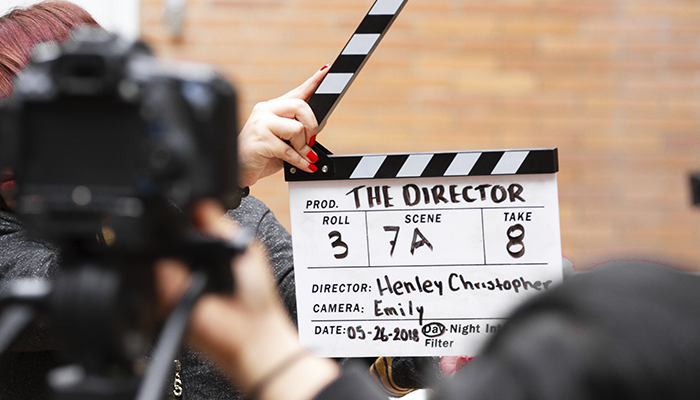Curious Facts About Cinema – Cinema, for more than a century, has captivated millions of people around the world and has undergone fascinating transformations.
The seventh art transcends cultural and linguistic barriers, providing people with a window into other worlds, cultures and histories.
Is form of entertainment that captivates not only the imagination, but also the emotions and mind of the viewer.
In this article, we will explore six curious facts about cinema that will certainly surprise and delight lovers of the seventh art.

Pexels image – Google
These facts reveal the incredible diversity and creativity that permeate the film industry, from the beginnings to the present day.
Each film, no matter how short, is a unique work of art, often full of behind-the-scenes stories and challenges that make it even more special.
It is fascinating to see how the movie theater has become a fundamental part of our lives, influencing not only entertainment but also culture and society at large.
Cinema has evolved over the decades, adapting to technological and social changes, while remaining a powerful storytelling and communication tool.
Cinema had a modest but crucial beginning, when the Lumière brothers showed films in Paris in 1895, marking the birth of the seventh art.
Furthermore, the film they showed, entitled “The Exit of the Workers from the Lumière Factory in Lyon”, is widely considered the first film in the history of cinema.
The curious fact here is that the film only lasts about 46 seconds and consists of a single shot that shows the workers leaving the factory at the end of a working day.
Despite being short, this film revolutionized entertainment, starting a multimillion-dollar industry that persists to this day.
When it's about films that grossed the most money at the box office, many people think of recent hits like “Avengers: Endgame” or “Avatar”.
However, the highest-grossing title of all time, adjusted for inflation, belongs to a film from almost 80 years ago: “Gone with the Wind”, released in 1939.
The film, directed by Victor Fleming, raised more than $3.4 billion when adjusting for inflation is taken into account.
So this is a testament to the lasting impact this masterpiece of classic cinema has had on popular culture.
One of the most iconic films in cinema history is “The Wizard of Oz”, released in 1939.
The process to create the iconic appearance of the Wicked Witch of the East's feet, crushed by Dorothy's house in Oz, is intriguing.
The producers initially painted actress Margaret Hamilton's (the Wicked Witch) shoes with non-toxic paint, but it caused irritation to her skin.
After a few weeks of filming, they realized the paint wasn't working as expected and they needed a different solution.
An iconic scene from the film “The Shining”, directed by Stanley Kubrick, is the one in which Jack Nicholson's character breaks the bathroom door with an axe.
Furthermore, what many don't know is that this scene, which lasts just a few seconds, holds the record for the highest number of takes for a single scene in the history of cinema.
Kubrick was known for his perfectionism and his insistence on achieving the desired result, and this scene was filmed no less than 127 times.
Jack Nicholson, exhausted and frustrated, ended up destroying the real door, since the fake doors used previously did not withstand the repeated attack.
Although many associate black and white films with beginnings of cinema, the truth is that the first experiments with color films occurred much earlier than one might imagine.
The first color film in history was “The World, the Flesh and the Devil“, released in 1914.
The colorization process used in the film, called Kinemacolor, involved a camera that used red and green filters to create a colored image.
Ultimately, the result was impressive for the time, and the film marked a major advance in cinema technology.
You Early films of the cinema era were silent, and the experience of watching them was very different from what we know today.
To the cinema halls they were often accompanied by live musicians who played soundtracks to accompany the action on screen.
Furthermore, the absence of dialogue led to a curious phenomenon: people talked while watching the films.
Anyway, the sound of the popcorn popping was loud enough to drown out the spectators' conversations, and thus the story was born. popcorn tradition in cinemas.